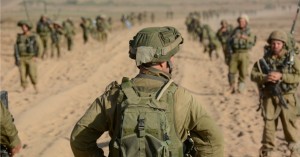Editorial Note: We first ran this story in February of last year. With as much importance today as then, we republish it for your advantage.
Across America are tracts of land which lend themselves very well to the growth of native perennial grasses, the most stable and widespread of these being switchgrass (Panicum virgatum). Switchgrass grows to an average height of 4 to 6 feet, is reliant only on weather once established, and will produce for 15 to 20 years in an established stand which is naturally resistant to weeds and helps prevent erosion while maintaining moisture of the ground soil. The root structure of these native plants extends to 5 feet below the surface, helping soil improve where it is grown.
Other than grazing and wild life habitat, what can we use switchgrass for?
If we are serious about alternative energy sources, a sustainable future and biofuels, switchgrass offers a much more viable option than corn ethanol. Here are some basics: Continue reading


![Photo By James Gordon [CC-BY-2.0 (http://creativecommons.org/licenses/by/2.0)], via Wikimedia Commons](http://occupyworldwrites.org/wp-content/uploads/2014/08/Kurdish_flag_photo-214x300.jpg)







